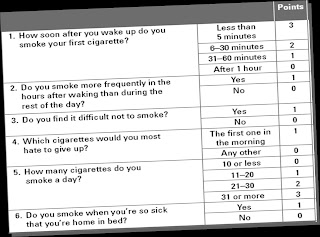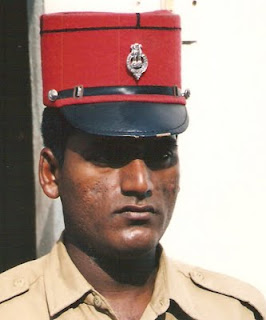| Inclusive Education |
Sarva Shiksha Abhiyan (SSA) in Maharashtra
The Education for All Movement, the central government’s flagship SSA, seeks to ensure that every child, including those with special needs, is provided an elementary education. As far as disability is concerned the SSA has adopted a zero rejection policy. It provides for universal access to infrastructure and curricula in schools. Maharashtra is at the forefront of this scheme. In all 380000 teachers from Maharashtra attended workshops on inclusive education through the SSA. 414277 children with special needs were identified and 380723 enrolled under the SSA in Maharashtra as of Jun-2009, . Of these about 9000 children were provided a home-based education.Beyond elementary school it is up to the state education boards to ensure access to further education. For this the Central Board of Secondary Education (CBSE) initiated accommodations and waivers in 2009. This year for the first time, 9 students with autism from Pune division and 10 students from Mumbai appeared for the Maharashtra SSC 10th standard board exams. Lets look at why this is a significant social event.
Modern education of children with disability traces its history to Jean-Marc Itard a French physician. On the cusp of the 18th and 19th centuries Itard attempted to educate Victor, a feral child discovered in the forests of Aveyron. Although Itard himself judged his work with Victor a failure, this renowned experiment marked the first time that anyone considered the possibility that persons with disabilities could be educated.
Edouard Seguin (mid 1800s), a French educator, developed a method for teaching children with intellectual disability in order for them to take their rightful place in the societies of their day. The early training schools were based on these concepts. The schools were small and homelike with 8 to 10 residents. The original goal was the return of children to their families after a period of intervention.
Institutionalisation
Despite these early efforts, it was later concluded that educational and therapeutic approaches had failed. Persons with intellectual disability were scapegoated and regarded as the root cause of many social problems. Institutionalisation and segregation into special schools became the principal means of ‘protecting’ intellectually disabled persons from society and also for ‘safeguarding’ society against the social ill thought to be caused by an expanding population of defectives (Jackson 1999).Mainstreaming
Lloyd Dunn (1968), a special educator, declared that most children with mental retardation could be "mainstreamed" in classes with typically developing age-mates. He questioned the need for segregated special education classes for most children with mental retardation. He highlighted the lack of evidence to show that children with mild mental retardation learn any better in special education classes than in regular classes. Lloyd Dunn pointed out that educational techniques had advanced sufficiently to allow the effective schooling of most children with retardation alongside other typical children.Normalization
Wolf Wolfensberger (1972), a scholar, activist and prolific author in the field of development disabilities extended the idea of normalization to the service delivery system itself. He called on all residences, schools, and other services for persons with retardation to be as normative as possible. Parent and professional advocacy groups also fought hard for legislative and legal victories to decrease the size of large institutions.Inclusion
Inclusive education seeks to overcome every barrier - physical and academic- to ensure the child is educated with their peers (Sigafoos 2003). It stresses the importance of peer interaction in the final outcome for the child who is to enter into the adult world on a level playing field. To this end academics is given a secondary role. The child is supported for all physical needs to enable participation in the classroom experience with their peer group. Academic difficulties are addressed by a remedial teacher or special educator attached to the class who helps the child in parallel with the regular curriculum. The child may be learning at a level many grades below the rest of the class but has the benefit of meaningful social interaction.It has taken 200 years for the vision of Itard to reach the SSA, the national inclusive education program. The universal principles of justice, fraternity, and equality secured for all citizens by the constitution are driving us to ensure children with autism and other disabilities are educated alongside their peers. That is why nine children with autism have appeared for a board exam in Pune. That is why this is a significant social event.
References
- CBSE. Amendments/Additions in Examination Bye Laws. 2009
- Dunn L M. Special education for the mildly retarded—is much of it justifiable? Except. Child. 35:5-22, 1968.
- Jackson, Mark. Mental Retardation In: A century of Psychiatry. Ed. Hugh Freeman. London: Harcourt Publishers, 1999.
- Sigafoos, Jeff, Michael Arthur, and Mark O'Reilly. Challenging Behaviour and Developmental Disability. London: Whurr Publishers, 2003.
- SSA, Inclusive education. Accessed 04-Jul-2011
- SSA. Kolkotta National Workshop. Accessed 04-Jul-2011


